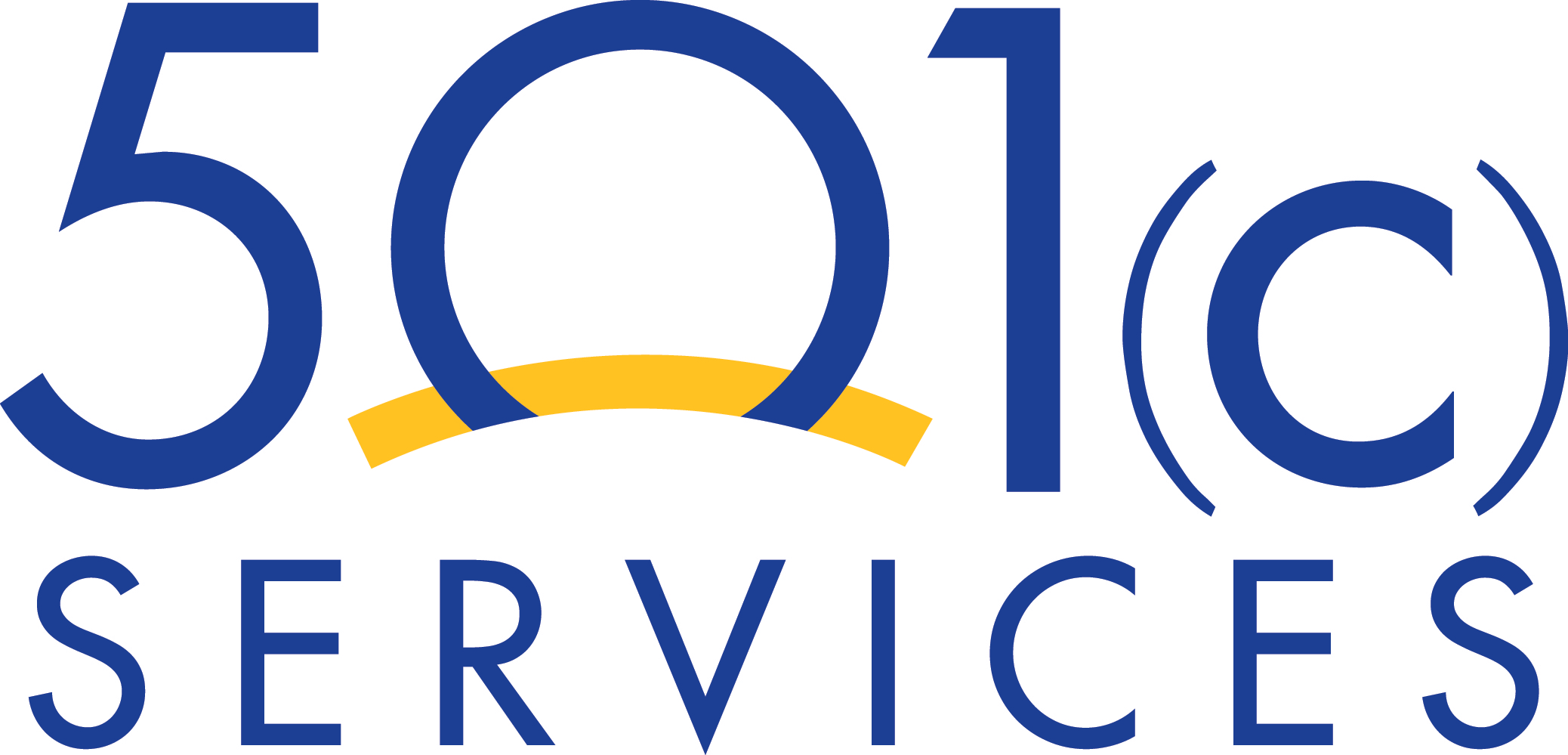TANGO Partners Perspective – August 2021
Helping Nonprofits Beat Connecticut Unemployment Taxes!
Written By: Mac Smith
Partner – 501(c) Services

The COVID-19 pandemic has left the national unemployment insurance system in taters. Before the pandemic hit, the U.S. Department of Labor reported that 22 states had unemployment funds below the recommended minimums with 31 states meeting or exceeding the department’s recommendations.

Currently, 22 states have borrowed money – included over $725 million borrowed by Connecticut – to meet the demand of pandemic-related unemployment claims. States have already begun to repair the solvency of their funds. They typically do this through tax increases on employers and that trend is continuing.
In addition to the current condition of state unemployment insurance (SUI) programs, about 86% of 501(c)(3) nonprofits with budgets over $2 million will overpay their state unemployment insurance liability.* They will pay more in state unemployment taxes than they normally will ever incur in actual unemployment claims.
Therefore, many nonprofits choose to control their unemployment costs by paying claims as they go – reimbursing – instead of paying a SUI tax. They reimburse the state dollar for dollar for benefits that were paid to the organizations’ separated employees. Changing how they finance their unemployment obligations to the reimbursement method is an under-leveraged and sometimes altogether unknown long-term cost cutter for nonprofits.
SUI tax rates vary by state but are generally based on formulas that consider employers’ unemployment claims experience, taxable payroll, and reserve account balances. It is for this reason that many nonprofit organizations see their tax liabilities as being much greater than the cost of their actual claims.
With help from unemployment trusts
Unemployment Trusts began to pop up on the West Coast a decade after the IRS changed rules surrounding unemployment and allowed 501(c)(3)s to reimburse states for the cost of unemployment benefit claims. Trusts, often created by small groups of nonprofits, are designed to help nonprofits better manage SUI liabilities by sharing administration costs of their programs across program participants. There are nearly a dozen operating across the country today. Trusts make reimbursement payments on behalf of nonprofits, provide claims management, and offer HR consulting to help mitigate unemployment risk.
Trusts often base nonprofits’ contribution rates on claims experience, anticipated costs, and other variables. Contributions can also be based on an assigned rate and actual taxable wages. Nonprofits are also charged an administration fee by trusts, but contribution rates usually include that fee.
Unemployment Trusts also make available, for a price, stop loss insurance that protects agencies from unforeseen layoffs – a significant risk for organizations paying as they go. Stop loss insurance covers nonprofits by giving them a predetermined deductible and paying for unemployment benefits up to a certain limit of insurance.
Before accepting members, Trusts analyze nonprofits’ past SUI claims and produce a cost-saving estimate. These estimates are used by nonprofit executives to determine if reimbursing is a good choice. Trusts usually identify significant SUI tax overpayments for organizations with gross annual payrolls over $1 million.
Unemployment Trusts typically operate by creating individual, segregated accounts for their members. They pay state unemployment benefit bills on behalf of all their members from these accounts. Funds held in Trusts are the exclusive property of the member organizations. Typically, members can access their individual accounts if needed for other mission needs. If an organization leaves a Trust, they take their remaining funds with them. This differs from the state system, which creates individual accounts but retains exiting nonprofits’ reserves. State programs operate as risk pools. So called “reserve accounts” that are managed by states make up the risk pool. Employers – for-profit or non-profit – cannot access those funds.
Switching to reimbursable employer status and joining an unemployment program can be beneficial for diversely funded nonprofits (those not solely dependent on one stream of funding) employing more than 15 full-time employees and experiencing low turnover.
Reimbursing avoids tax increases
Another reason to exit the SUI tax system is that states may raise and lower tax rates depending on the economic climate. For example, most states dramatically raised their SUI taxes to cover rising unemployment during the Great Recession and other less disruptive economic slowdowns. Reimbursable employers are not subject to SUI tax increases.
During the Great Recession most states were forced to borrow money from the federal government to cover the billions of dollars in unemployment claims being paid to out of work Americans. (We are again seeing this happen because of the coronavirus pandemic.) These states were then forced to not only increase SUI rates but create additional SUI fees that directly addressed paying down the federal loans. In most states, these additional SUI fees did not apply to those employers who had reimbursable accounts.
After the recession, most SUI programs stabilized. However, most state programs were not healthy enough to handle even a slight economic dip – much less a pandemic – without again being forced to borrow federal dollars. Which means returning to increased SUI tax rates.
(Further reading on this topic: Will taxes increase on employers to repay massive unemployment spending?)
Not for everyone
For nonprofits with fewer than 15 employees, gross payrolls less than $1 million, or organizations that rely heavily on one source of funding, the SUI tax system is probably more cost-efficient.
Nonprofit organizations who pay the tax today may discover, through analyzing their experience, that the tax system is the best place for them. These organizations should continue to perform an unemployment costs analysis on a year-to-year basis because making a change could prove greatly beneficial in the future. Reimbursing should be addressed as a long-term financial decision and not a quick fix.
All states have deadlines to change status from taxpayer to reimbursable employer, generally between November and January. Connecticut’s states deadline is December 1. Those organizations that are considering leaving the state pool should make themselves aware of the length of time they must remain outside the tax system as a reimbursable employer before being allowed to return as a SUI taxpayer. The time period is usually 1-2 years but can be as long as five years.
About us
501(c) Services, a 100% employee-owned organization, has nearly 40 years of experience in providing full-service alternatives to state-run unemployment insurance programs, and provides services to over 3,000 nonprofits. We administer the 501(c) Agencies Trust, which offers a comprehensive suite of risk management services and multiple stop-loss protection solutions for its 501(c)(3) nonprofit members. We also operate 501(c) HR Services – a confidential resource available to help walk nonprofits through difficult personnel issues.
*Based on results reported from over 500 taxpaying nonprofits contacted by 501(c) Services.
CONTACT OUR
TANGO PARTNER
Mac Smith
Partner
View Special offerings to TANGO Members from 501(c) Services
